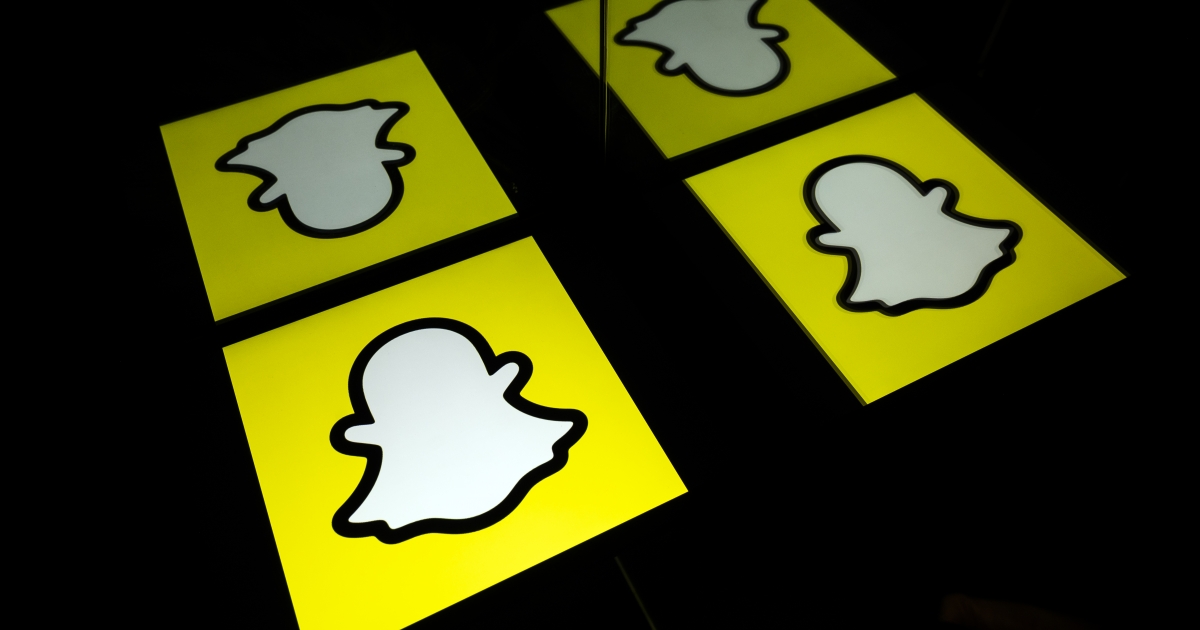




It basically allows users to create short (and looped) video clips with music and overlays. With over half a million active users monthly, Tik Tok is one of the most popular social apps to take off since Instagram.īut what is it? Unless you have a teenage niece or nephew you probably won’t know much about it. In August last year, TikTok merged with lip-synching video app Musical.ly (think X Factor ad break links), which already had over 100 million monthly active users. Launched just two years earlier, it became the third most downloaded app globally in October 2018. But none more so than with Snapchat, which has a really specific user demographic: 71% of Snapchat users are under 34 years old and 45% of are between the ages of 18-24.įor those not already in the know, Tik Tok is a video sharing app that has seen rapid user growth over the past couple of years. Understanding each social app’s user demographics is always a fundamental basic key to winning with social advertising. One advertiser has seen up to a 66% decrease in cost per purchase and a 171% increase in ROAS as a result. The new Snapchat Dynamic Ads facility now cuts the creative time involved in developing ads, by providing automated personalisation – essentially your ads will automatically be tailored in real time to present your products in the best light, when you make changes to your synchronised product catalogue. The launch of Snapchat Dynamic Ads last week is already producing some fantastic results for existing Snapchat advertisers.īrands that advertise on Snapchat already had access to campaign tracking and optimisation, with the option to upload a product catalogue. I now see this platform as a long-term player in the social apps market. Its user base has stagnated over the past couple of years, but 2019 has seen Snapchat re-emerge as a strong contender for social advertising due to a range of new features. The time-limited photo and video clip sharing app, Snapchat, is no longer the “new kid on the block’. In this blog post I look at some of the more popular, high growth or established applications and platforms, and consider how brands can utilise them to introduce or promote products and services to millennials and generation Z consumers. With so many social apps and platforms to choose from, which of these popular apps should be included in your brand’s social media strategy?


 0 kommentar(er)
0 kommentar(er)
